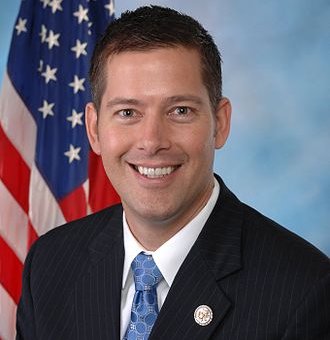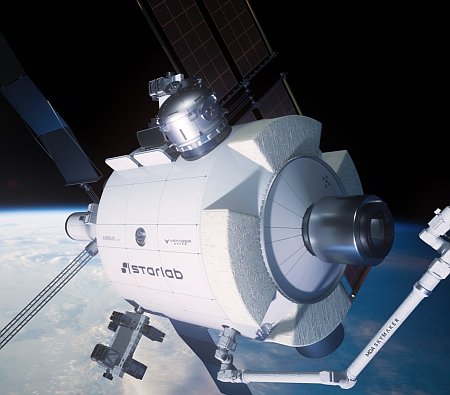Acting NASA head Duffy reshapes NASA’s space station plans

Sean Duffy, transportation secretary and interim
NASA administrator
Earlier this week NASA’s interim administrator Sean Duffy issued a new directive [pdf] that fundamentally reshaped the agency’s space station program in how it will fund and operate the private commercial space stations now under development.
Under the present plan, NASA had issued development contracts to three proposed commercial stations, with a major contract award expected next year to one of the four companies/consortiums that are bidding. Duffy instead wants NASA to fund all the stations in an open-ended manner.
Instead of moving forward in Phase 2 with a firm fixed price contract for [commercial station] certification and services, NASA will continue to support U.S industry’s design and demonstration of [commercial stations] with multiple funded SAAs [Space Act Agreements] for the next phase. NASA will shift the formal design acceptance and certification planning acceptance from this SAA phase to a follow-on certification phase.
Utilizing SAAs for the next phase better aligns with enabling development of US industry platforms. It provides greater resources for industry to align schedule with NASA’s needs. SAAs also provide more flexibility to deal with possible variations in funding levels without the need of potentially protracted and inefficient contract renegotiations.
SAAs are generally fixed price, but the structure Duffy is establishing appears to allow NASA to supplement these contracts endlessly, making them a kind of hybrid cost-plus deal. It also aims at supporting “a minimum of two, preferably three or more” of the private stations under development.
Duffy’s shift to SAAs will also give the private stations more design and operational freedom, as SAAs shift responsibility and ownership to the company, not NASA. The arrangement will also likely require a larger investment by the companies, though this is not clear in Duffy’s directive.
» Read more







